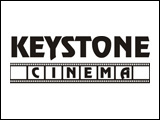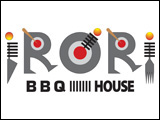A researcher with the University of Manitoba says electrostatic particle ionization offers swine producers an easy to use option for reducing the airborne transmission of PRRS.
Electrostatic particle ionization for reducing airborne PRRS virus was discussed last week as part of Prairie Livestock Expo in Winnipeg.
The technology uses high voltage to produce negative ions.
Dr. Qiang Zhang, a professor in biosystems engineering, reports laboratory studies conducted at the University of Manitoba have shown this approach can remove 95 percent of the PRRS virus from the air.
First of all this technology has been used for removing dust in pig barns and the principle is pretty simply.
You’re actually ionizing air.
You produce ions in the air.
Those ions will collide with aerosols, the dust particles in the air, then those dust particles become charged then they will be collected on ground surfaces.
The airborne transmission of diseases is very complicated but, simply put, the pathogens actually will attach to aerosols and then the aerosols will flow in the air so that’s how the disease is carried by air.
If you remove aerosols carrying pathogens then you can remove pathogens from the air.
So now we could actually use this device fir removing PRRS virus.
Installation of this device is very easy, basically just a few lines then you’re done.
This actually is very significant because preventing airborne transmission of disease is very difficult.
Currently some people actually use filtration systems which is very difficult to install and to operate so this device actually will be much cheaper and much easier to use.
Obviously our study is still a laboratory study so we will have to verify it in real barns.
Dr. Zhang says the technology has been tested by large livestock operations in the U.S. but it’s not widely used.
He says there’s a few sites in Canada using the technology, mostly for dust removal.



